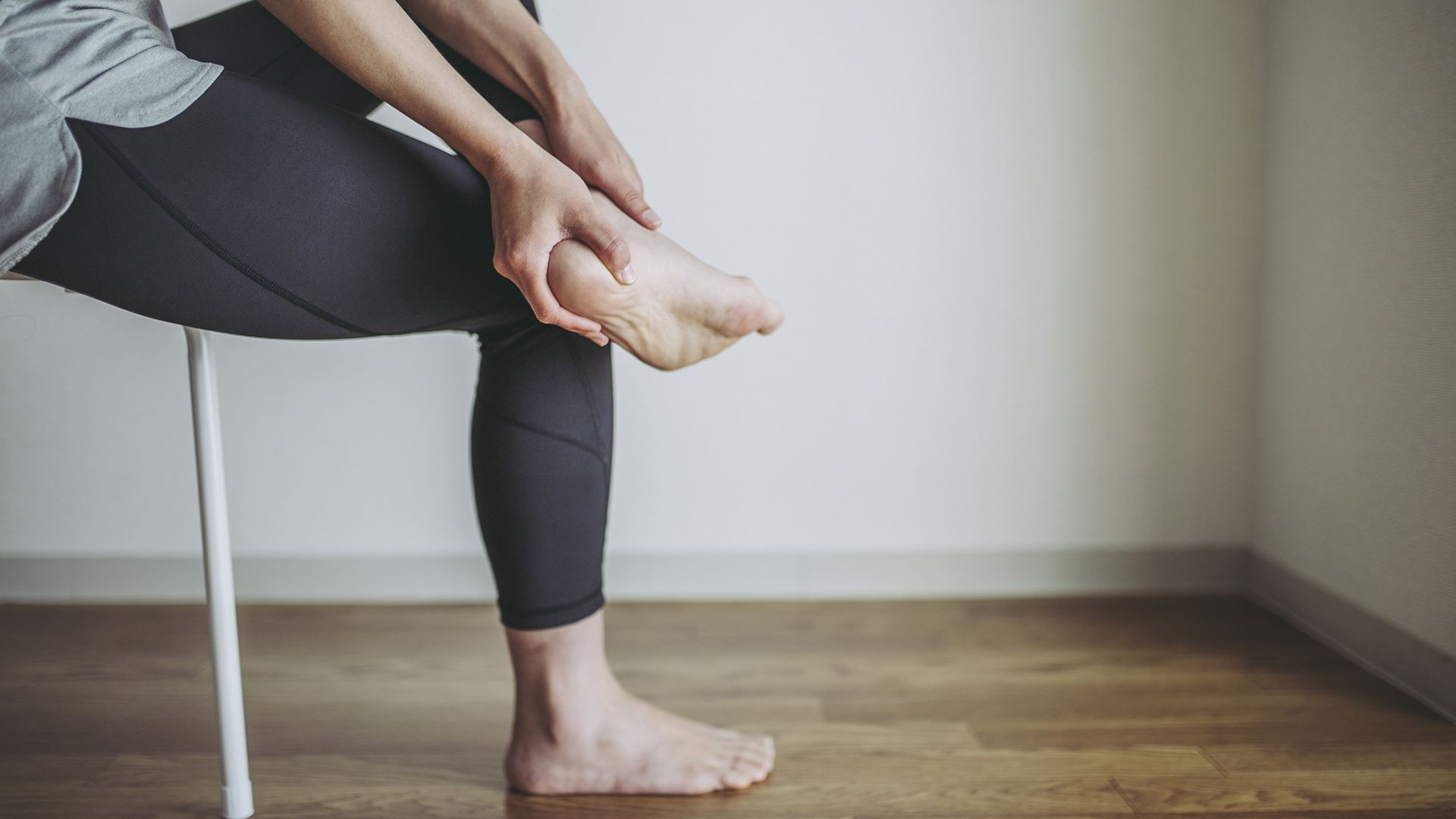Ankylosing spondylitis (AS) is a type of inflammatory arthritis that primarily affects the joints of the spinal column. Pain and stiffness in the lower back/hips are a common early symptom, and for most people with AS, these symptoms begin in late adolescence or early adulthood. Overall, AS is more commonly diagnosed in males (though females also have AS), and while the exact cause of the condition is unknown, genetics are a risk factor.
While there is no cure for AS, the condition can be treated. The goals of treatment are to control inflammation, relieve symptoms (such as pain and stiffness), preserve the mobility and function of the spine, and prevent complications (such as deformity of the spine). Although treatment is ongoing, people with AS can lead normal, productive lives.
Individualized treatment
The specifics of a treatment plan will vary from person to person. A treatment plan should take into account numerous factors about the diagnosis (including the severity, disease activity, and the health of the spine) as well as your needs as a patient.
In most cases, a treatment plan for AS will involve a combination of exercise, physical therapy, medications, and lifestyle changes.
- Exercise and physical therapy can help maintain mobility, improve posture, prevent spinal fusion, increase strength and endurance, reduce pain, and improve overall quality of life. In some cases, regular exercise may even improve response to medication.
- Medications used to treat AS include non-steroidal anti-inflammatory drugs (NSAIDs), steroid injections, disease modifying anti-rheumatic drugs (DMARDs), and biologic therapies.
- Lifestyle changes may include making changes to the foods you eat, avoiding alcohol, quitting smoking (if you smoke), and managing stress. Occupational therapists can help people with AS develop strategies for protecting joints and making everyday tasks easier, such as the use of support devices.
- Mental health should also be a focus of treatment. AS is a stressful condition to live with and can negatively impact your quality of life, including work, relationships, and how you feel about yourself. People with AS should consider working with a mental health professional and participating in a support group where they can connect with others who have AS.
- Surgery may be required in severe cases of AS, including surgery to replace damaged joints or straighten the spine.
- Other conditions that occur alongside AS should also be considered. For example, a treatment plan should also address heart disease or inflammation in the eyes.
Remember, there is no best treatment plan for AS, only a treatment plan that is best for a particular person at a particular time. For example, one person may fare better with a heavy focus on physical therapy with minimal medication, while another may need more of a balance between the two. Everyone is different.
Treatment is an ongoing process
It’s important to emphasize that treatment for AS is ongoing, even during periods where symptoms are in remission. It’s also important to recognize that treatment may change over time. Anyone living with AS should consider keeping a journal. This journal can be used to record any changes to pain or other symptoms, questions or concerns about your treatment plan, and notes on how you are feeling physically as well as mentally. A symptom journal can provide useful information for both you and your healthcare providers.






